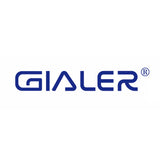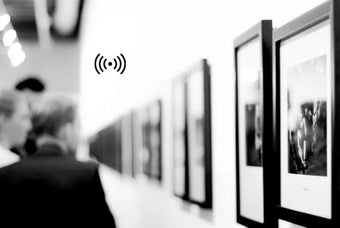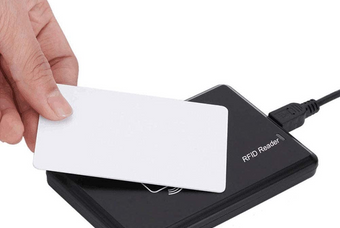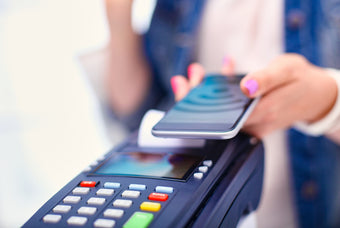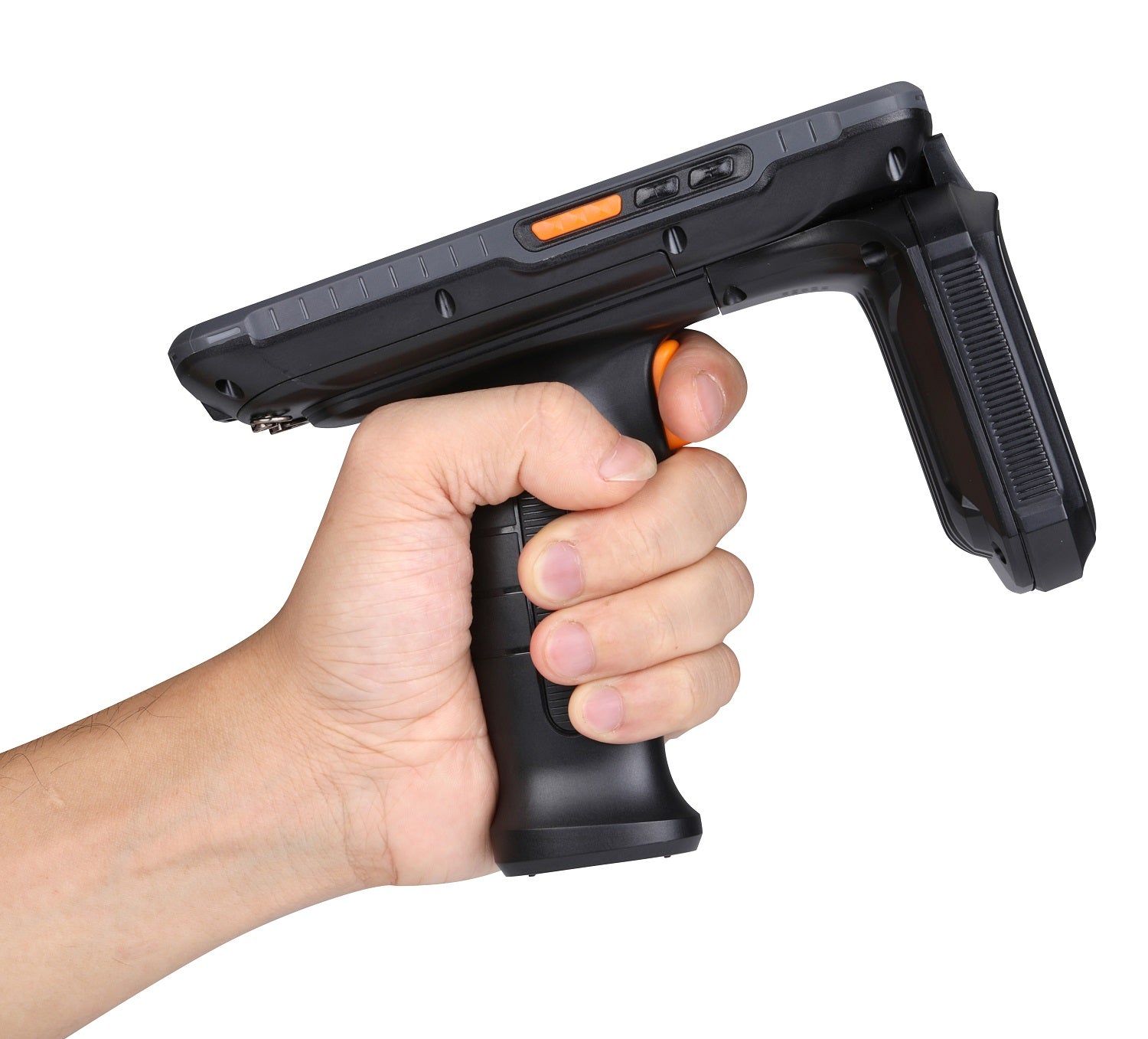An RFID UHF (Ultra-High Frequency) handheld reader is a portable device used to read and interact with RFID tags operating in the UHF frequency range. RFID (Radio Frequency Identification) is a technology that uses radio waves to wirelessly identify and track objects or items that are equipped with RFID tags.
A UHF handheld reader is specifically designed to work with UHF RFID tags, which operate in the frequency range of 860 MHz to 960 MHz. These readers are capable of wirelessly communicating with RFID tags within their read range and capturing the data encoded on the tags.
Typically, UHF handheld readers consist of the following components:
-
Antenna: The reader has an integrated antenna or supports the connection of an external antenna. The antenna is responsible for transmitting and receiving radio waves to communicate with RFID tags.
-
Reader Unit: This unit contains the necessary electronics to process the incoming signals from the antenna and extract the data encoded on the RFID tags.
-
User Interface: UHF handheld readers come with a user interface, which can include a display screen, buttons, or a touchscreen. The interface allows users to interact with the reader, view data, and initiate commands or operations.
-
Battery: Since UHF handheld readers are portable devices, they are powered by internal batteries. The battery life varies depending on the specific reader model and usage patterns.
-
Connectivity Options: Handheld readers may provide connectivity options such as USB, Bluetooth, or Wi-Fi for data transfer, synchronization with other devices, or integration with software systems.
-
Software: The handheld reader may come with dedicated software or be compatible with existing software applications. This software enables functions like data collection, storage, and management.
UHF handheld readers find applications in various industries, including inventory management, supply chain management, asset tracking, retail, logistics, and healthcare, among others. They offer the convenience of mobility, allowing users to read RFID tags in different locations and environments, providing real-time visibility and data capture.

